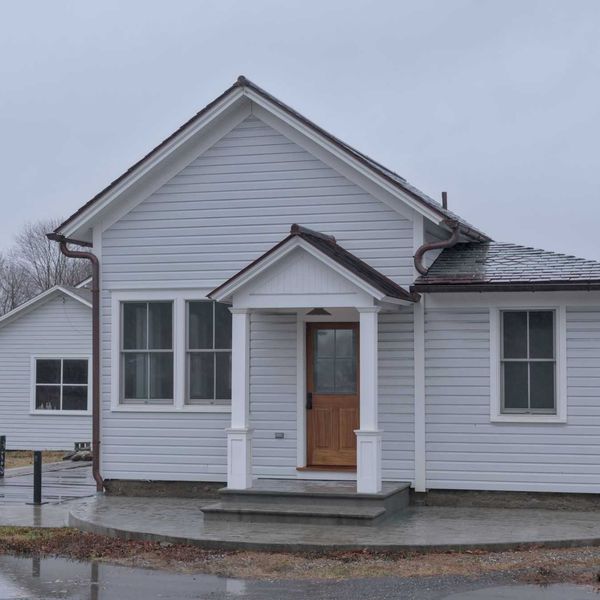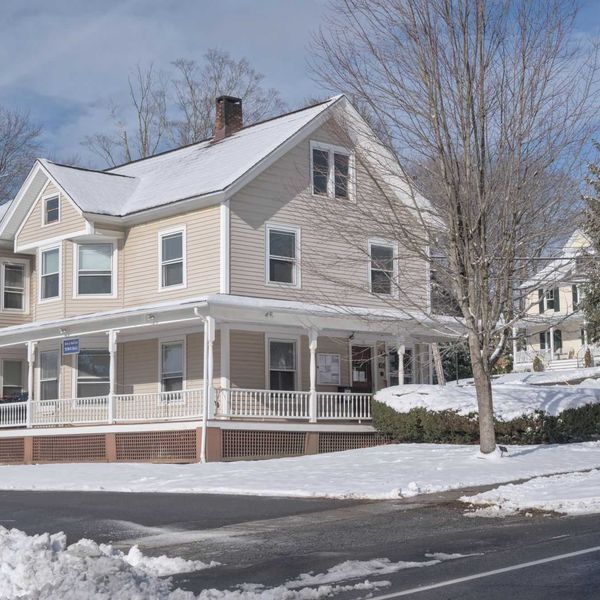New Millerton marker commemorates birthplace of local legend Eddie Collins
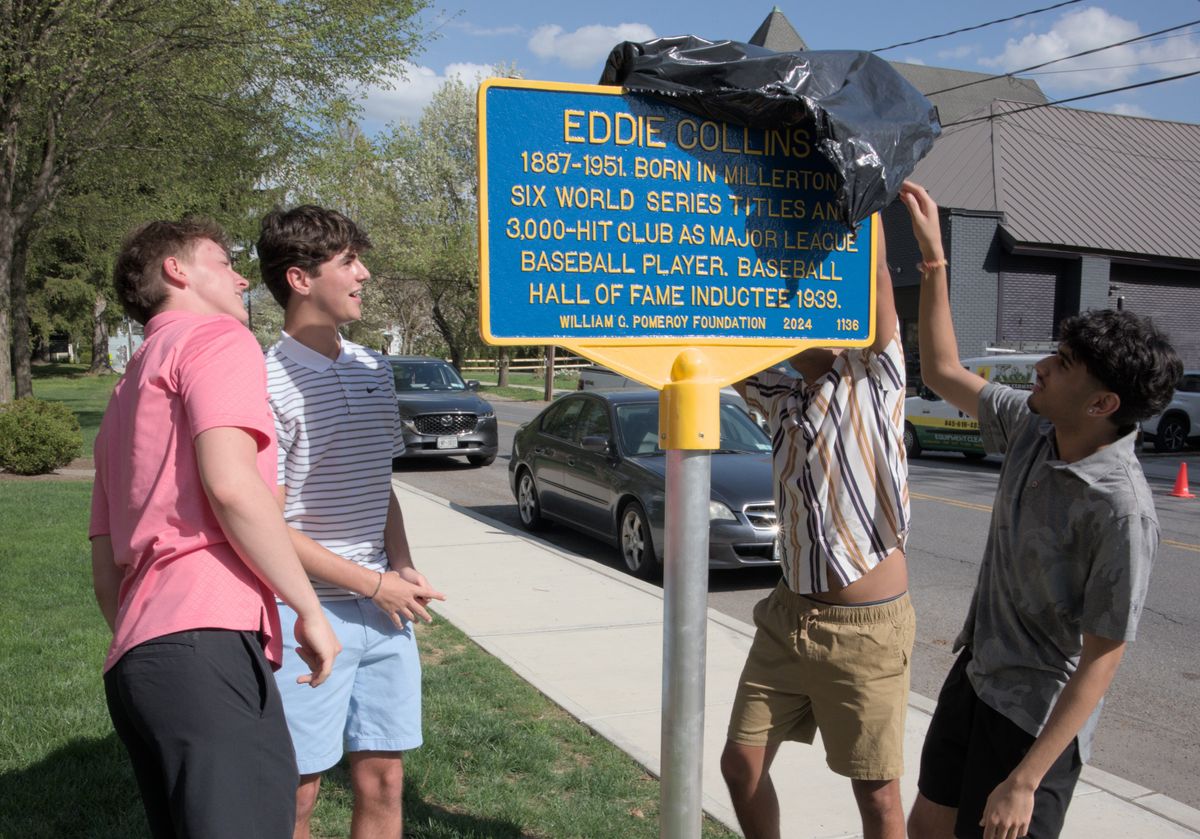
Aayan Munir, Evan Pagett, Joe Natalizio and Manav Patel remove the black plastic from the new historical marker commemorating the Millerton Inn as the birthplace of famous baseball player Eddie Collins. The Arlington High School seniors acquired a grant for the marker from the Pomeroy Foundation as part of a history project.
Photo by Nathan Miller

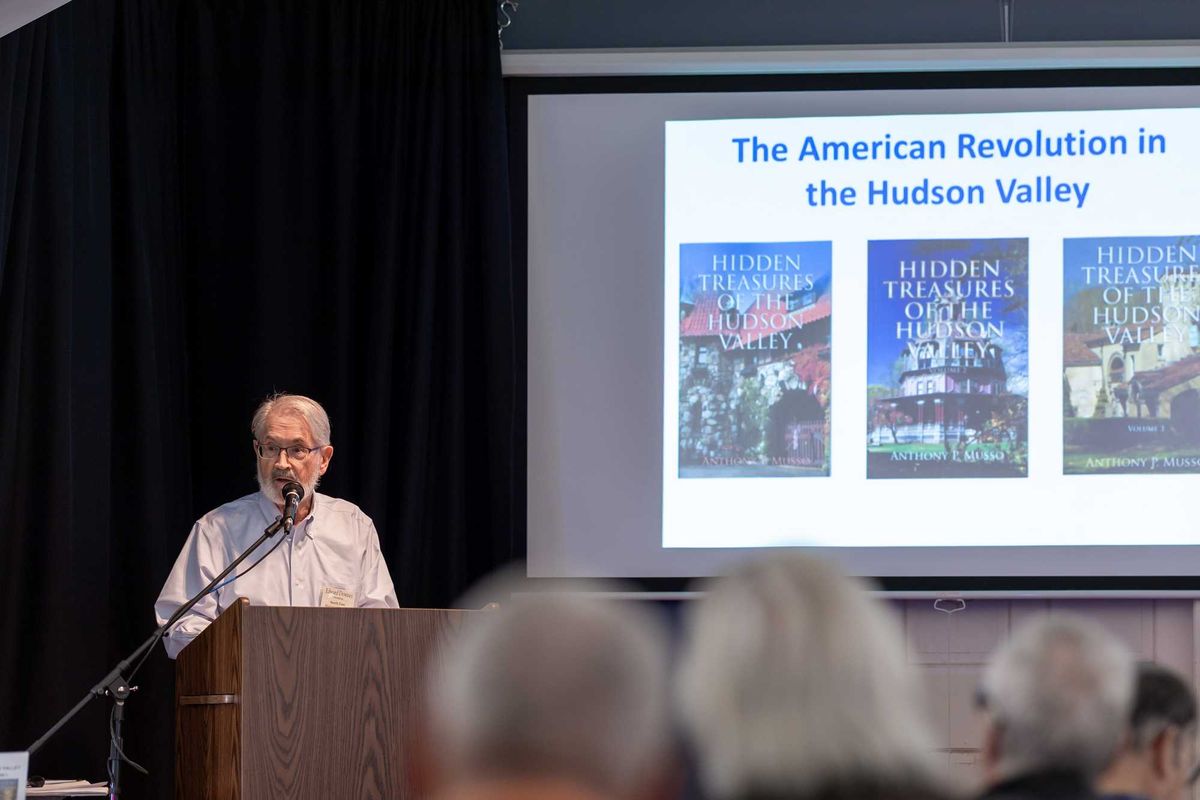

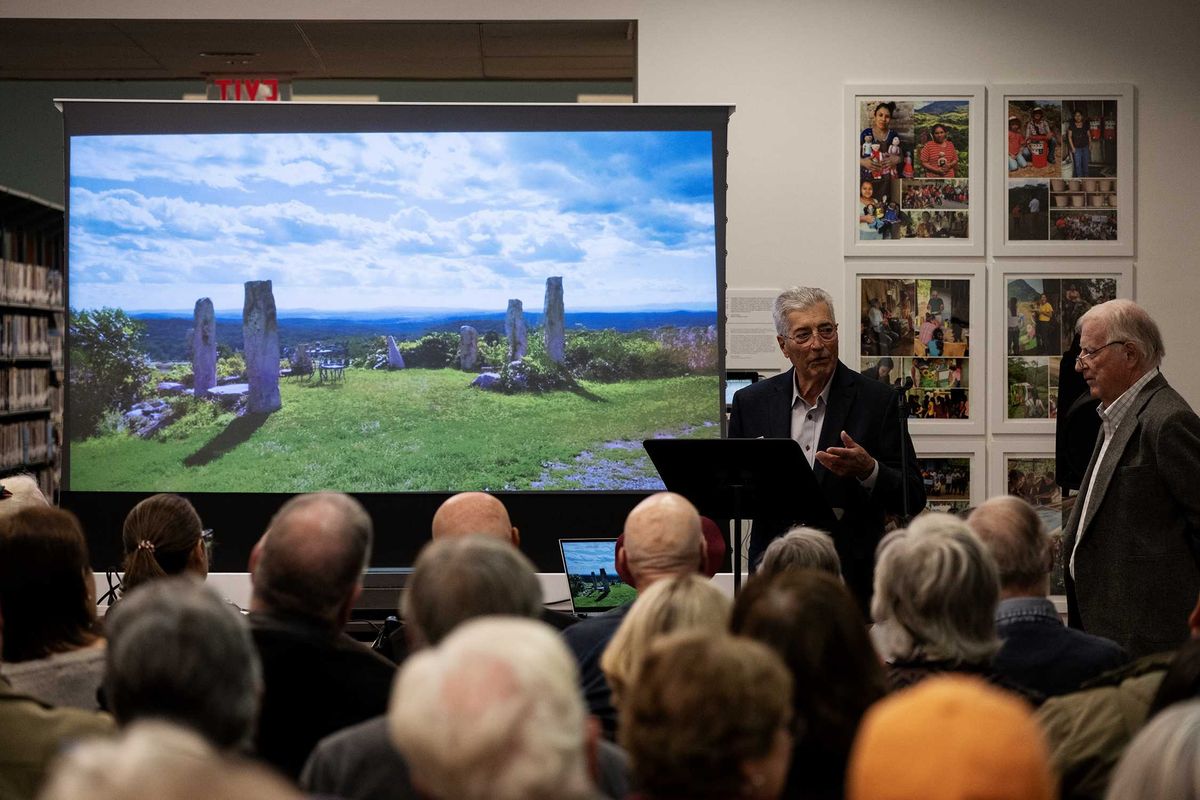
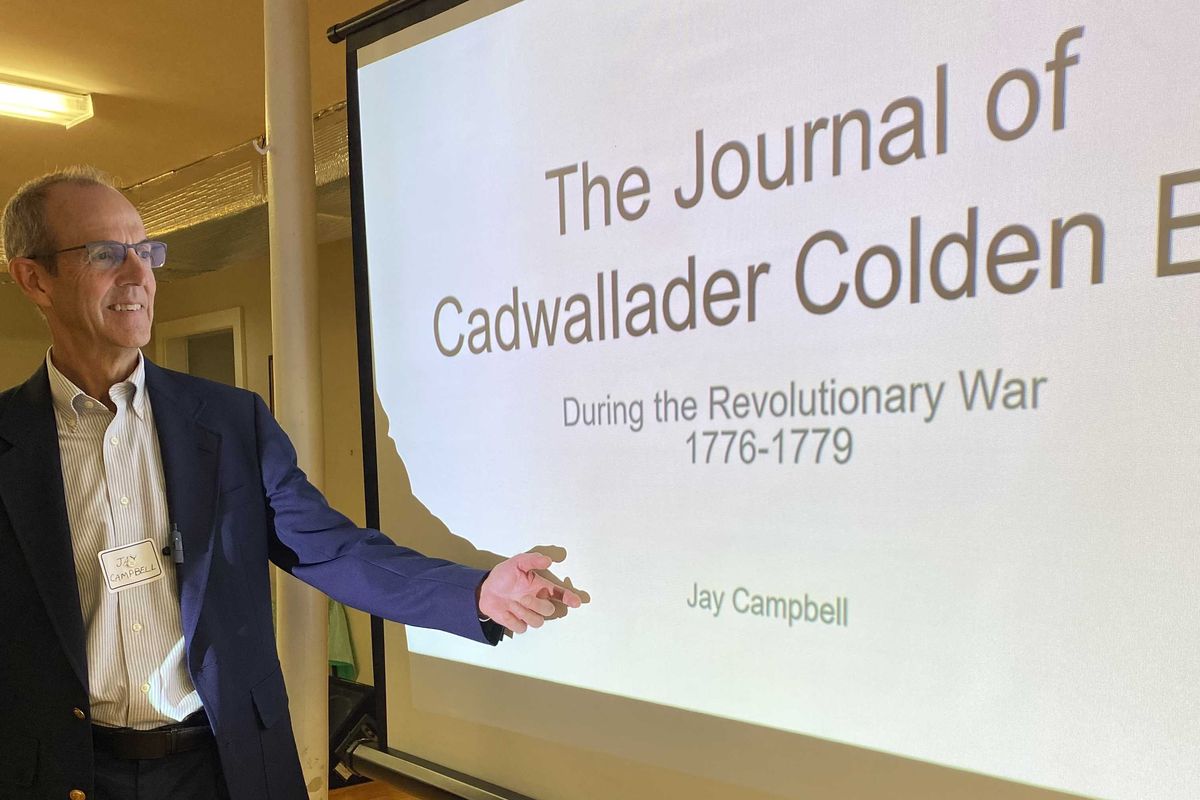



 Decaying equipment and infrastructure still greet those walking through the parking lot at the Millerton Square Plaza on Route 44 just east of the Village of MIllerton.Photo by Nathan Miller
Decaying equipment and infrastructure still greet those walking through the parking lot at the Millerton Square Plaza on Route 44 just east of the Village of MIllerton.Photo by Nathan Miller Eddie Collins Memorial Park on Route 22. Construction on the proposed pool is set to begin in 2026.Photo by Nathan Miller
Eddie Collins Memorial Park on Route 22. Construction on the proposed pool is set to begin in 2026.Photo by Nathan Miller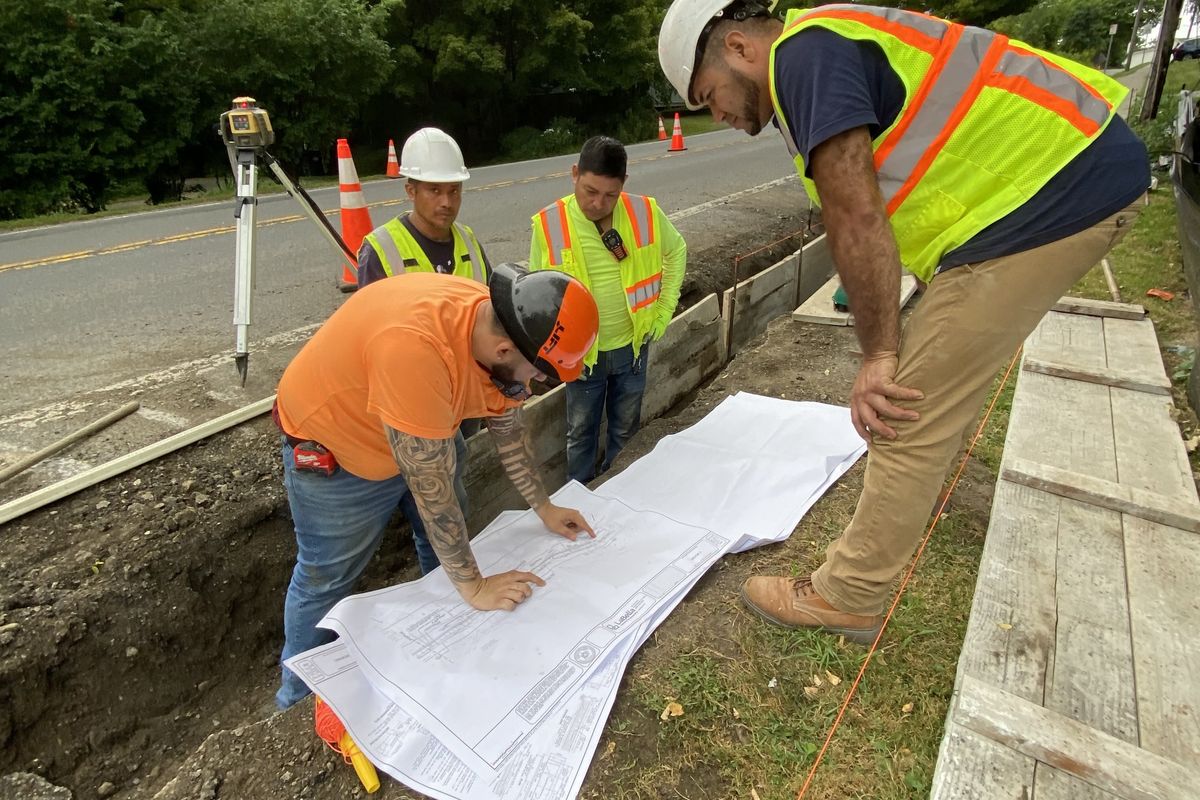
 A sign detailing the history of the charcoal kilns and the recent restoration now stands at the site of the historic kilns on Deep Hollow Road just off Route 22 in Wassaic. The sign and restoration were part of an effort by the Amenia Historical Society and Bernie Leighton, who cleaned up the site and restored the kilns. Photo provided
A sign detailing the history of the charcoal kilns and the recent restoration now stands at the site of the historic kilns on Deep Hollow Road just off Route 22 in Wassaic. The sign and restoration were part of an effort by the Amenia Historical Society and Bernie Leighton, who cleaned up the site and restored the kilns. Photo provided 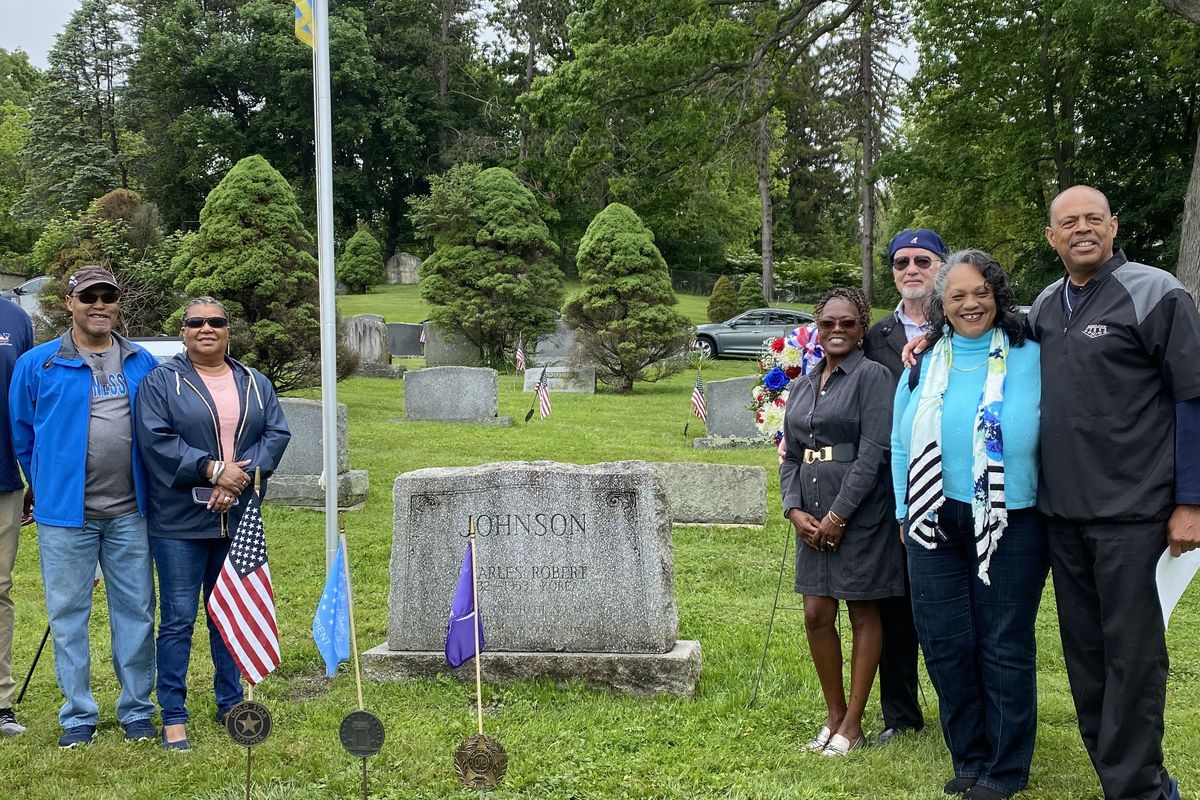
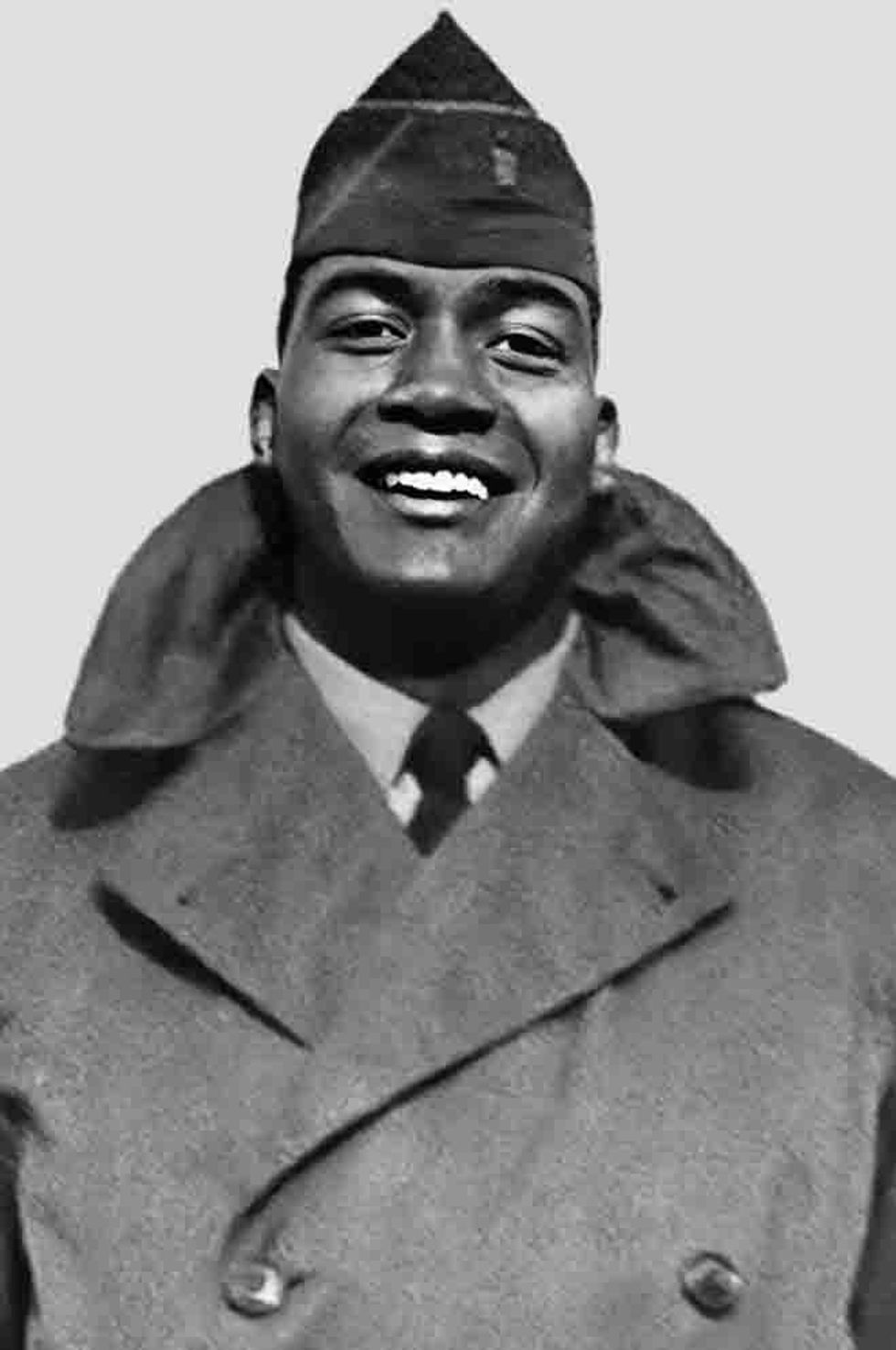 Charles R. Johnson, a Korean war veteran who died in combat in 1953, was posthumously awarded the Medal of Honor on Friday, Jan. 3. Photo provided
Charles R. Johnson, a Korean war veteran who died in combat in 1953, was posthumously awarded the Medal of Honor on Friday, Jan. 3. Photo provided 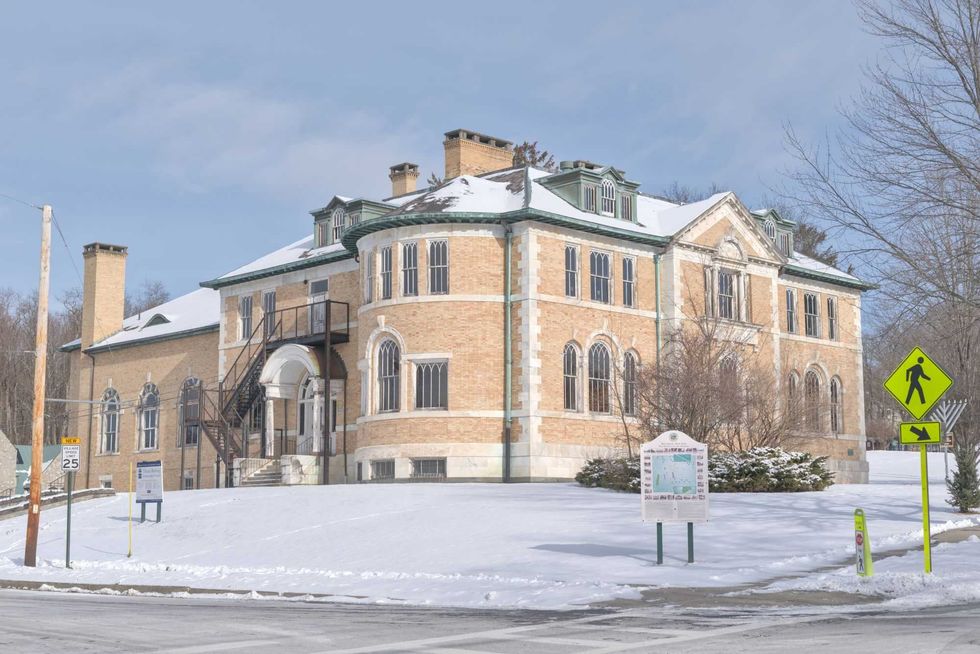 Millbrook board advanced plan for Thorne Building community center By Nathan Miller
Millbrook board advanced plan for Thorne Building community center By Nathan Miller 